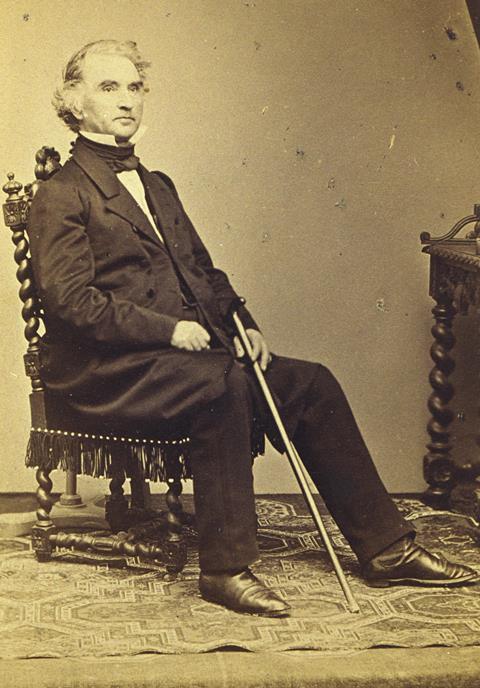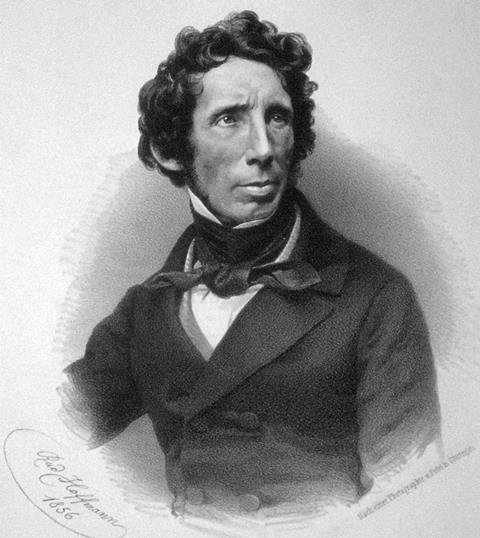Meera Senthilingam
This week, get your paper and pencil out, as we're talking diagrams. Explaining more, here's Andrea Sella:
Andrea Sella
How does one symbolise chemistry in the 21st century? How does one evoke the sense of someone being a chemist as opposed to some other kind of scientist? I don't mean to be tribal - I am as aware of the blurriness of the boundaries of our subject as anyone else. But there is a core of chemistry that will probably never change and it is that that I want to symbolise.
Most people think of physicists as being surrounded by mysteriously complex equipment festooned with a forest of multicoloured cables. A blackboard in the background decorated with an impenetrable scrawl of equations adds to the mystique. Engineers invariably hang out in hard hats, possibly in front of a bridge or an aircraft. Life scientists are generally represented endlessly pipetting tiny drops of liquid into centrifuge vials or Petri dishes.
So what of the chemist? While the conical flask and other glassware make you think of mysterious reactions and colour changes, it is the stick diagram, the structural formula of organic chemistry, which really completes the picture.

As chemists we are often blas? about the structures that we draw. When we look at such a structure - it might be a new drug candidate, or maybe some new chemical catalyst - we are making an extraordinary act of abstraction. A glance tells us what is connected to what, thereby betraying how the molecule will behave. In doing so we take for granted what an astonishing intellectual achievement those humble, everyday stick diagrams represent. Nowadays, using the many tools of spectroscopy, it is possible to establish the connectivity of the atoms in all but the most recalcitrant molecules and materials within a few hours or days at most.
It is not very fashionable these days to say that there was a specific moment or event when everything changed. And yet, there is a pair of compounds that forced everyone's thinking about the material world to change - the terrifying silver fulminate and the rather dull silver cyanate. And there lies a tale.
Silver fulminate - the name derives from the Latin word fulminare, to be struck by lightning - was discovered by accident in 1800 by the English chemist Edward Charles Howard whilst trying to understand the nature of hydrochloric acid. It was a white crystalline powder that could be made by adding nitric acid to silver nitrate dissolved in a mixture of water and ethanol. The compound is a very high explosive, extremely sensitive to shock and to friction. Howard was injured repeatedly whilst carrying out this work. Unsurprisingly, the compound, and its slightly more stable mercury relative became a fashionable toy, something that enthusiastic home chemists and boys of all ages liked to make. And the accidents that followed cemented its ferocious reputation.

One such amateur was a German teenager named Justus Liebig, who became obsessed with silver fulminate at quite a young age. He was apprenticed to an apothecary, which gave him plenty of opportunity to experiment. One can find all kinds of stories about the explosions he caused, and Liebig would later claim in his memoirs that he was fired after a particularly damaging bang. In reality, he was probably forced to leave because his Dad could not afford the fees.
Yet Liebig was so determined that at age 17 he went first to the university in Bonn and then in Erlangen to study chemistry. His first published paper was a description of what he claimed to be a safe preparation of silver fulminate. In 1822, however, Liebig got himself into some political trouble with local authorities and he was forced to terminate his studies rather abruptly. But his supervisor thought so highly of him that a scholarship was arranged from Ludwig, Duke of Hessen allowing Liebig to move to the Sorbonne in Paris, France. This was one of the great centres of chemical learning and Liebig attended lectures by the likes of Gay-Lussac, Biot, Th?nard, and Dulong.
In a small laboratory he resumed his work on fulminates, discovering a series of related compounds, all of them equally explosive. Crucial to this work was analysis, of which Gay-Lussac was one of the masters. Analysis was the way by which any compound could be unambiguously identified - by determining its elemental composition. To a modern chemist the whole exercise sounds completely terrifying. Each fulminate was made over and over again and each batch subjected either to reaction with selective reagents - for example hydrochloric acid to precipitate silver chloride that could be weighed. Or to combustion analysis to determine the amounts of water, carbon dioxide and nitrogen produced. In one of his papers, Liebig reported analysing 100 grams of silver fulminate, enough to blast the front off the average house. But he and Gay-Lussac became confident that silver fulminate had the formula AgCNO - with the four elements in a 1:1:1:1 ratio.
But then in 1824, a bombshell appeared. Another young German chemist, Friedrich W?hler, discovered an insoluble and completely placid salt that could be prepared by reacting silver ions with an oxidized form of cyanide, cyanate. His analysis of silver cyanate showed a ratio of silver to nitrogen to carbon to oxygen of - wait for it - 1:1:1:1.

Liebig, who was short-tempered at the best of times, and thought himself to be the best analyst of his time, immediately declared that W?hler must be wrong and an incompetent analyst.
But then Liebig did what a scientist should do, and repeated W?hler's work. He made himself a sample of silver cyanate and analysed it. Sure enough the oxygen content was lower than W?hler had said. Yet when W?hler quietly refused to back down, Liebig repeated his procedures more carefully and to his mounting astonishment, he realised that W?hler was right. It was in fact possible for two compounds to have the exact same components, in exactly the same ratio, and yet have totally different chemical behaviour.
Ignoring his pride, Liebig acknowledged his hastiness and together with W?hler he tried to piece together the puzzle they had just uncovered. It had to be connectivity - the way in which the atoms were linked. Further experiments suggested that fulminates consisted of CNO units whilst the cyanates were NCO. It was W?hler's mentor, the great Swedish analyst J?ns Jakob Berzelius who would coin the word 'isomer' to describe the relationship between the two compounds. And it would be through isomerism that chemists would uncover the extraordinary three-dimensional nature of the molecular world, long before X-rays, spectroscopy and the lovely molecular models we have all played with as adults.
For Liebig and W?hler it marked the beginning of a life-long friendship. One born from a row over some chemical analysis, but that would lead to that symbol of the chemist - the stick diagram.
Meera Senthilingam
So friendship, as well as the foundation of a symbol of chemistry. That was UCL's Andrea Sella with the tale of fulminates and cyanates, and their position in chemical history. Now, next week, we're talking to the man on the street.
Brian Clegg
Ask the person in the street about how we use silicon and (if you are lucky) they will tell you about computer chips featuring silicon wafers. If you are unlucky you will hear of breast implants -
Meera Senthilingam
But luckily, Brian Clegg will be focusing, not on the silicon found in chips or breasts, but on silicon in its oxide form - silicon dioxide - and bringing us many of its applications in next week's Chemistry in its element. Until then, thank you for listening. I'm Meera Senthilingam.













No comments yet